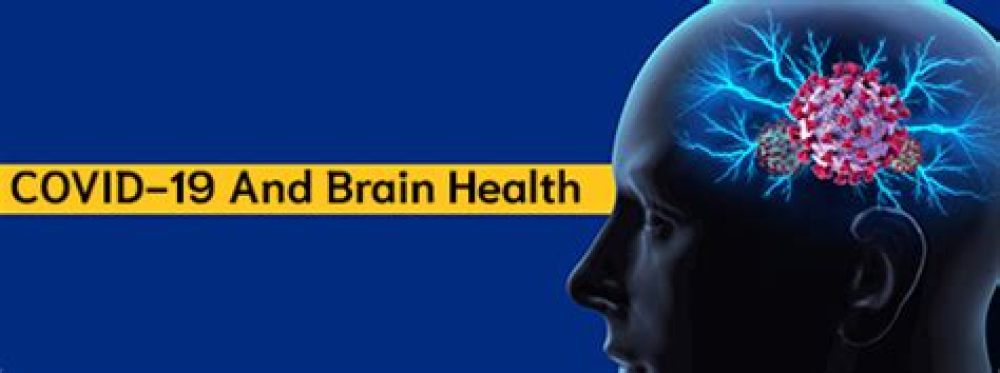High-quality epidemiologic data is still urgently needed to better understand neurologic effects of COVID-19.
Authors: Shraddha Mainali, MD; and Marin Darsie, MD VIEW/PRINT PDF
Severe acute respiratory syndrome coronavirus 2 (SARS-CoV-2) infection continues to prevail as a deadly pandemic and unparalleled global crisis. More than 74 million people have been infected globally, and over 1.6 million have died as of mid-December 2020. The virus transmits mainly through close contacts and respiratory droplets.1 Although the mean incubation period is 3 to 9 days (range, 0-24 days), transmission may occur prior to symptom onset, and about 18% of cases remain asymptomatic.2 The highest rates of coronavirus disease 2019 (COVID-19) in the US have been reported in adults age 18 to 29 and 50 to 64 years, representing 23.8% and 20.5% of cases, respectively.3 Although adults age 65 and older make up only 14.6% of total cases in the US, they account for the vast majority of deaths (79.9%).3 Similarly, men appear to be more vulnerable to the disease, accounting for 69% of intensive care unit (ICU) admissions and 58% of deaths despite nearly equal disease prevalence between men and women.4 In terms of ethnicity, Black Americans account for 15.6% of COVID-19 infections and 19.7% of related deaths, whereas Hispanic/Latinx Americans account for 26.3% of COVID-19 infections and 15.7% of COVID-19 deaths, despite these groups comprising 13.4% and 16.7% of the US population, respectively.3,5
The most commonly reported symptoms are fever, dry cough, fatigue, dyspnea, and anorexia.2 Numerous studies have also reported a spectrum of neurologic dysfunctions, including mild symptoms (eg, headache, anosmia, and dysgeusia) to severe complications (eg, stroke and encephalitis). Despite the prolific reports of neurologic associations and complications of COVID-19 in the face of a raging pandemic with limited resources, there is a significant lack of control for important confounders including the severity of systemic disease, exacerbation or recrudescence of preexisting neurologic disease, iatrogenic complications, and hospital-acquired conditions. Moreover, given the ubiquity of the virus, it is challenging to parse COVID-19–related complications from coexisting conditions. There is an urgent need for high-quality epidemiologic data reflecting COVID-19 prevalence by age, sex, race, and ethnicity on a local, state, national, and international level.
Neurologic and Neuropsychiatric Manifestations of COVID-19
Prevalence estimates of acute neurologic dysfunctions caused by COVID-19 are widely variable, with reports ranging from 3.5% to 36.4%.6 A recent study from Chicago showed that in those with COVID-19 who develop neurologic complications, 42% had neurologic complaints at disease onset, 63% had them during hospitalization, and 82% experienced them during the course of illness.7 Considering the widespread nature of the pandemic, with millions infected globally, neurologic complications of COVID-19 could lead to a significant increase in morbidity, mortality, and economic burden.
People over age 50 with comorbidities (eg, hypertension, diabetes, and cardiovascular disease) are prone to neurologic complications.2,8 Common nonspecific symptoms include headache, fatigue, malaise, myalgia, nausea, vomiting, confusion, anorexia, and dizziness. COVID-19 is known characteristically to affect taste (dysgeusia) and smell (anosmia) in the absence of coryza with variable prevalence estimates ranging from 5% to 85%.9 Since the first report on hospitalized individuals in Wuhan, China, numerous other reports have indicated a spectrum of mild-to-severe neurologic complications, including cerebrovascular events, seizures, demyelinating disease, and encephalitis.8,10-13 As a result of fragmented data from across the world with diverse neurologic manifestations and multiple potential mechanisms of injury, the classification of neurologic dysfunctions in COVID-19 is complex and varies across the literature. Here we present 2 pragmatic classification approaches based on 1) type and site of neurologic manifestations disease categories.
For More Information: https://practicalneurology.com/articles/2021-jan/neurologic-manifestations-associations-of-covid-19
